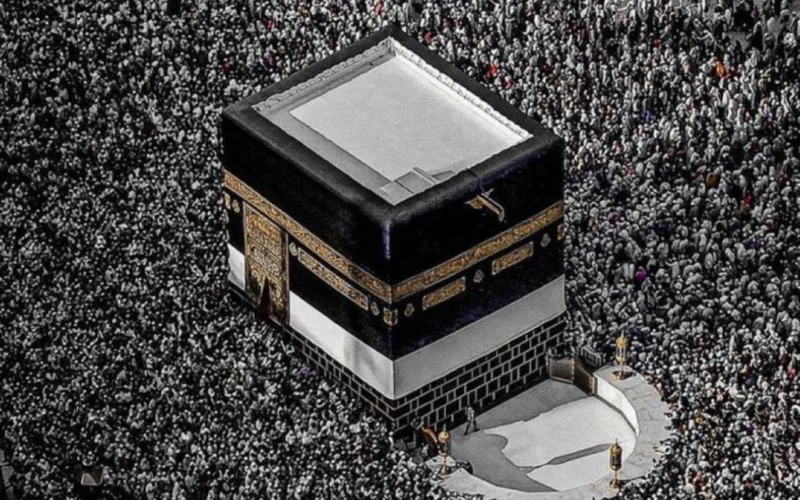As millions of Muslims from around the world prepare to perform Hajj this year, Saudi authorities have announced that AI-powered systems will be integrated across key areas of the pilgrimage to support crowd control, monitor movement, and prevent congestion.
The Ministry of Hajj and Umrah, in collaboration with the Saudi Data and AI Authority (SDAIA), is deploying cutting-edge tools including real-time facial recognition, predictive analytics, smart surveillance, and automated alert systems across Makkah, Mina, Arafat, and Muzdalifah.
These AI systems will analyze live data from thousands of cameras, sensors, and crowd movement trackers to predict high-density zones before they occur.
This will allow on-ground teams to redirect foot traffic, manage entry and exit points, and minimize delays and risks—especially during peak rituals such as Tawaf and standing at Arafat.
“The integration of AI is not about replacing human oversight, but enhancing it,” said a spokesperson for the Ministry. “We aim to use data to anticipate challenges and solve them before they even begin.”
AI tools are also assisting with facial recognition for missing persons, emergency response coordination, and mobility services for elderly and disabled pilgrims.
These developments reflect Saudi Arabia’s broader Vision 2030 goal of transforming the Hajj experience through smart solutions while preserving its spiritual essence.
With temperatures rising and crowd numbers expected to exceed 2 million, AI is becoming a critical component of ensuring pilgrim safety, movement, and peace of mind during the sacred days of Hajj.


 WhatsApp Channel
WhatsApp Channel
 Instagram
Instagram
 Facebook
Facebook
 X (Twitter)
X (Twitter)
 Google News
Google News